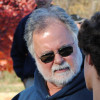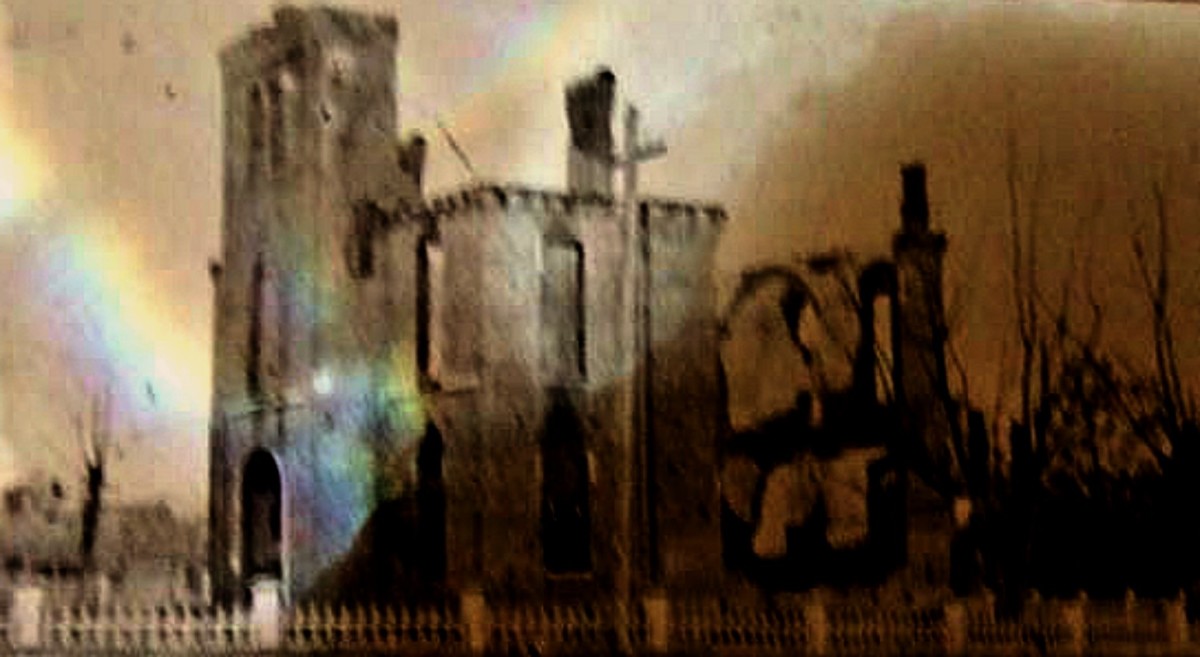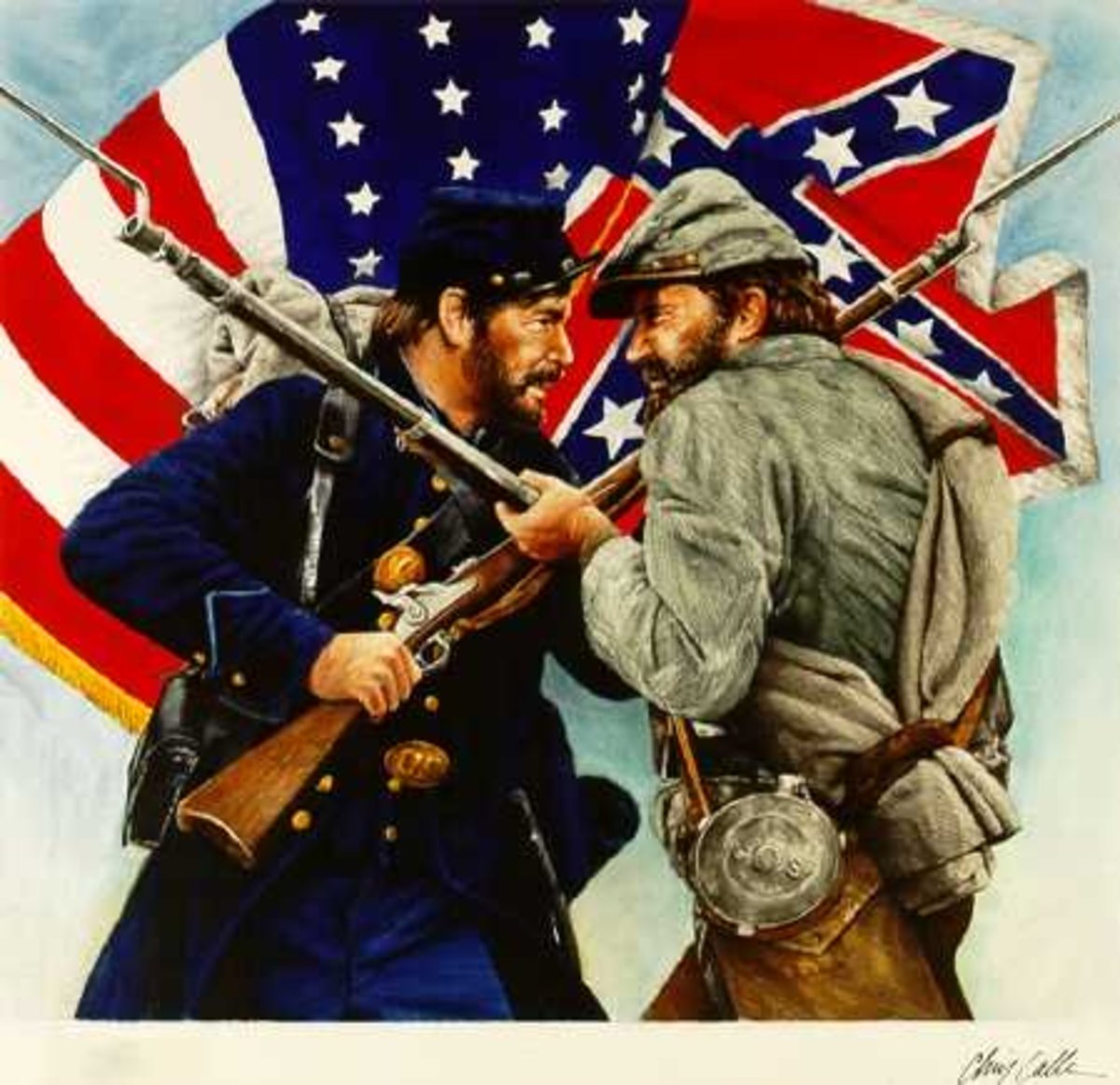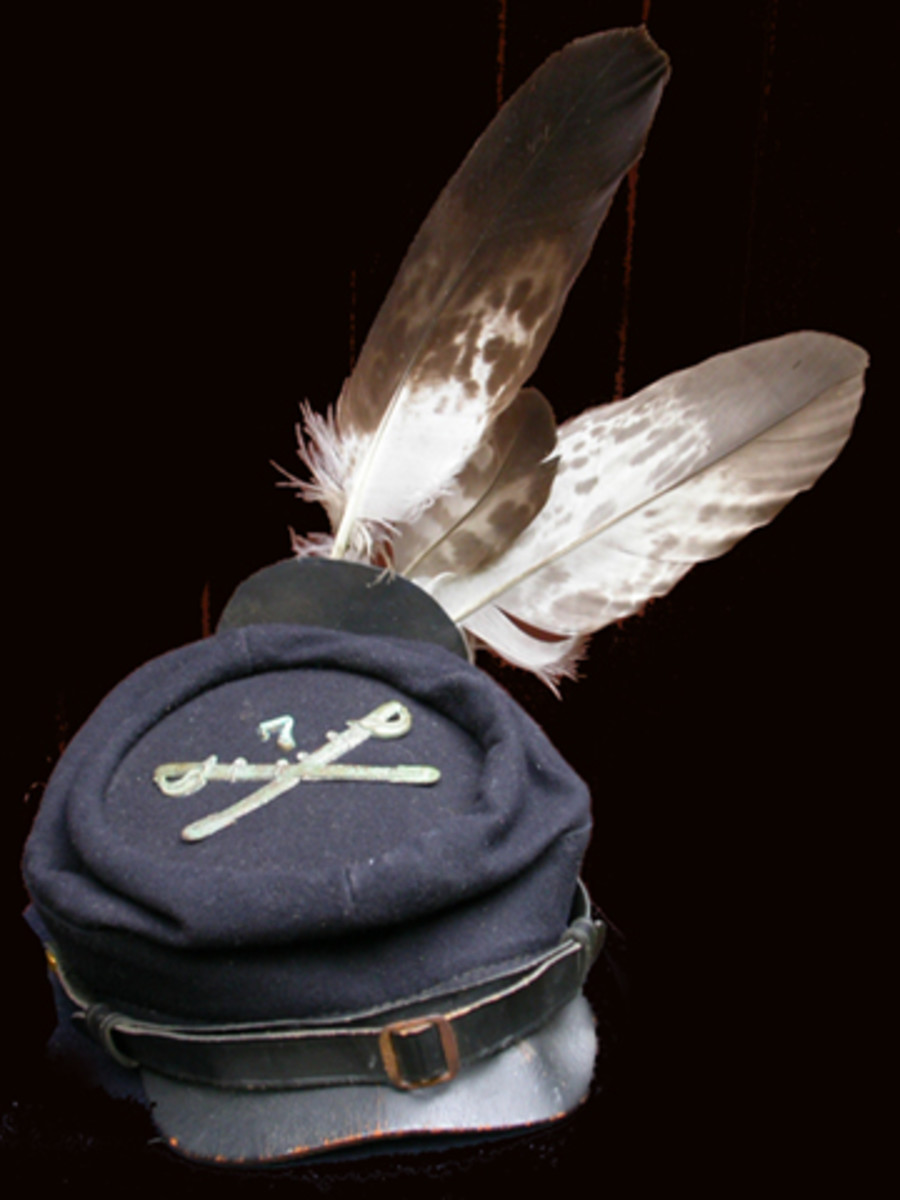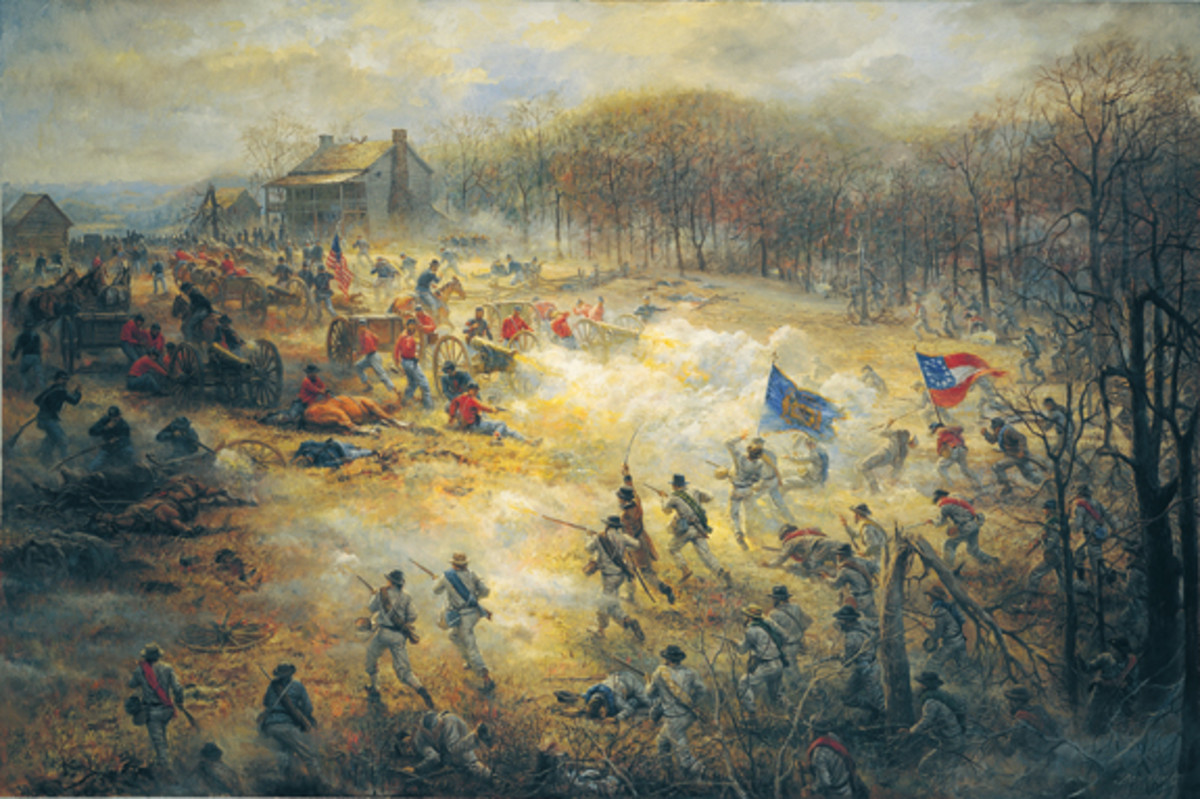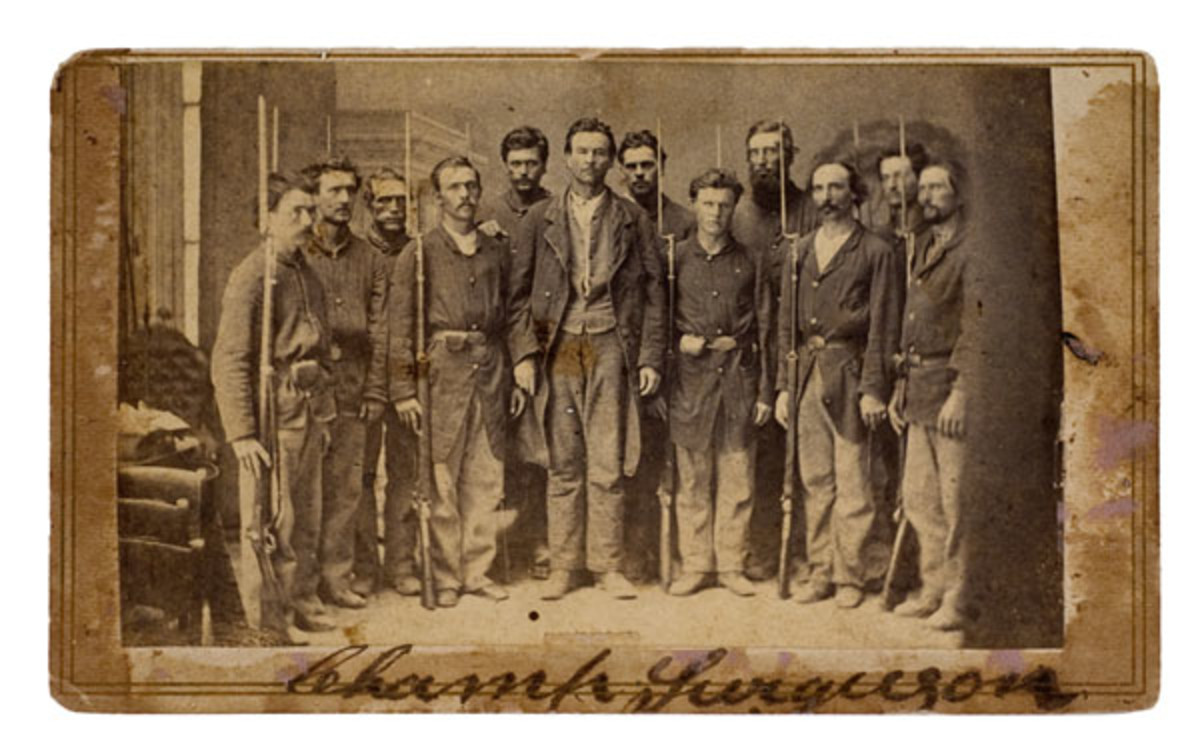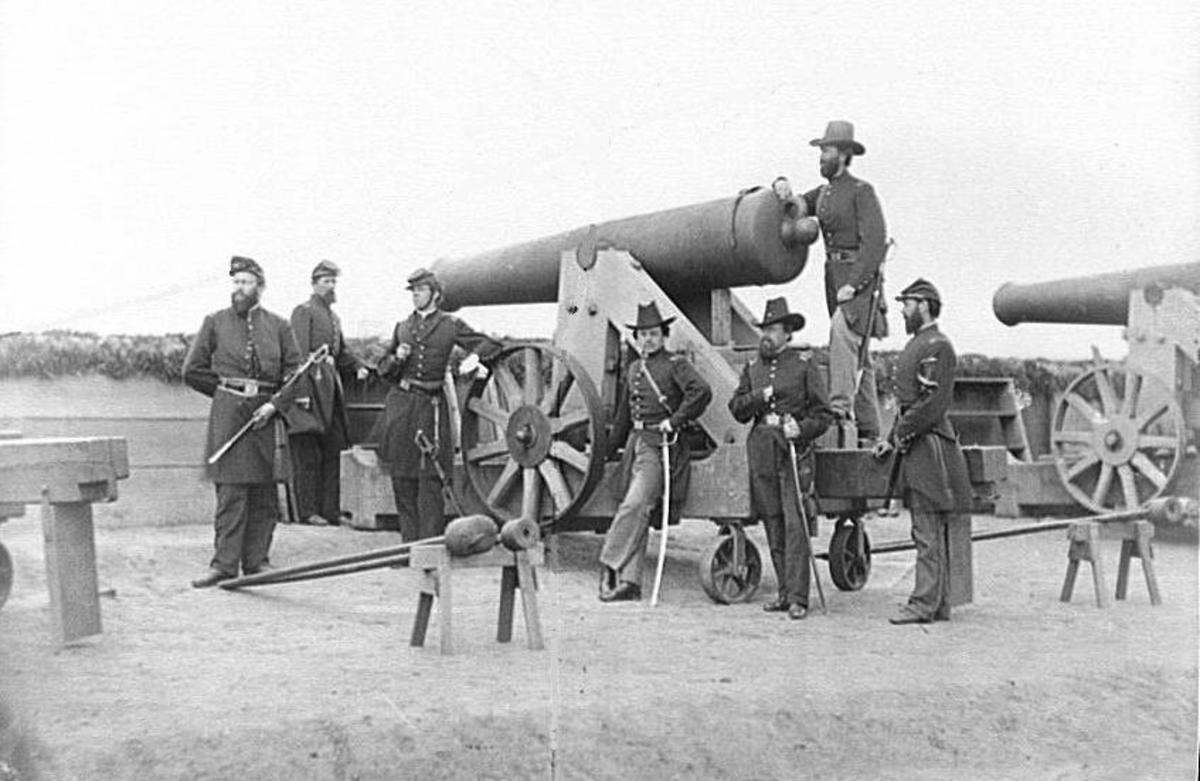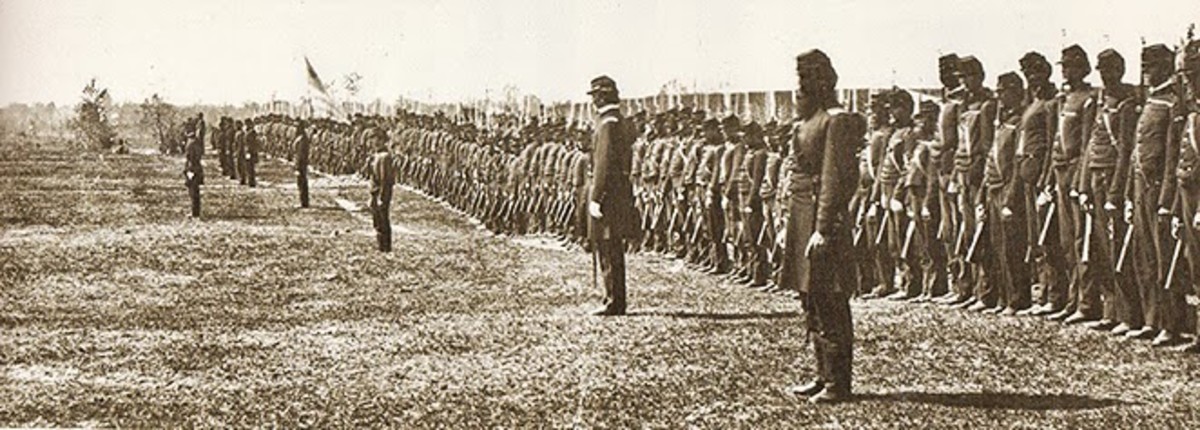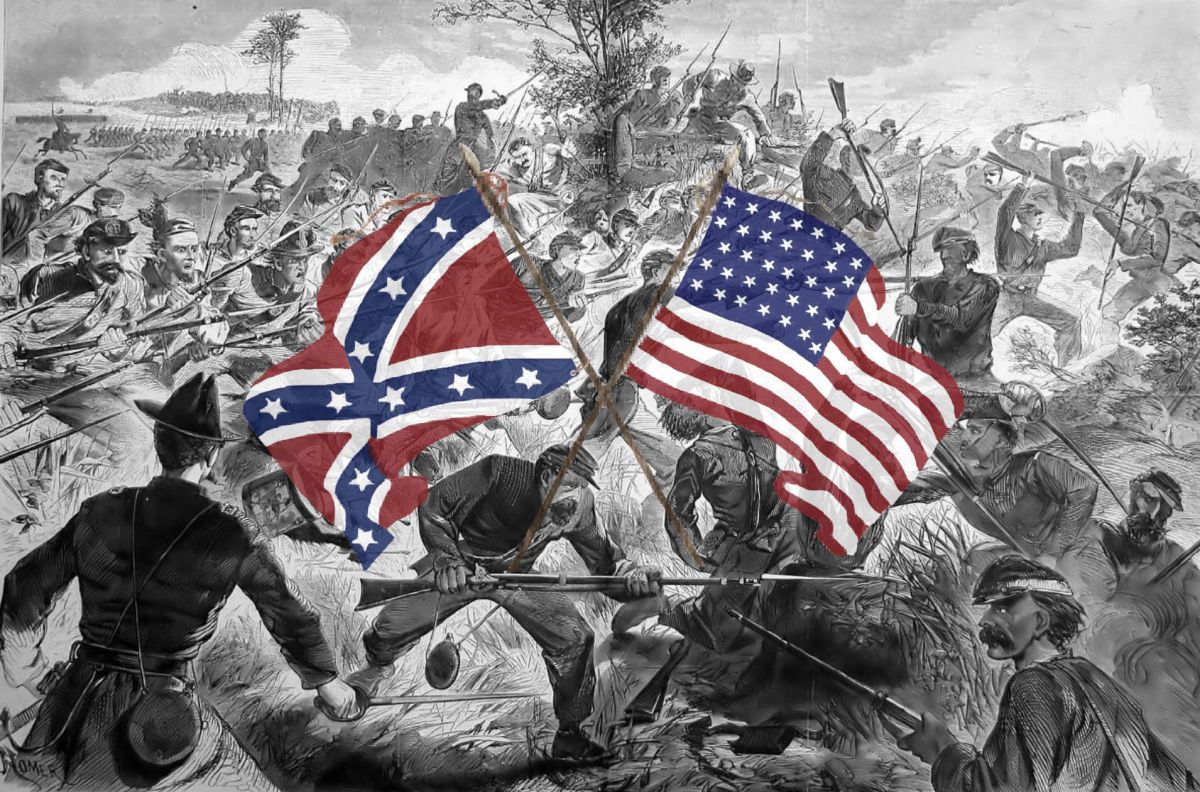- HubPages»
- Education and Science»
- History & Archaeology»
- History of the Americas»
- American History
The Battle of Gettysburg at 150
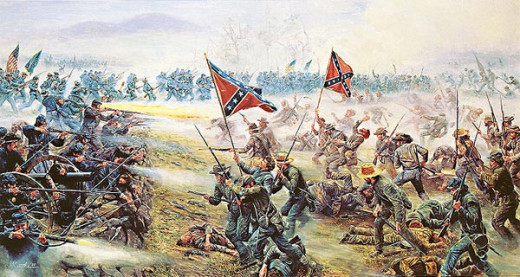
Why Lee Moved Into Pennsylvania
The Civil War was triggered by events at FortSumter on April 12, 1861 when the Confederate army claimed the garrison as its own and forced its surrender. By the end of the year eleven states had seceded from the Union and nearly a million armed men faced each other from Virginia to Missouri. The campaigns of 1862 found President Lincoln struggling to find a general he could have confidence in and Confederate forces holding their own but being bottled up in their south of the Mason-Dixon Line. By the spring of 1863 Lee came to the realization he had to break out of the South and force the Union to defend Washington.
The Union army had crossed the Rappahannock River twice, once in December 1862 at Battle of Fredericksburg and then again in May of 1863 at Chancellorsville and, though beaten back by the Army of Virginia, the Union army was able to return across the river and safely rebuild and resupply. Due to the damage already inflicted on the South, Lee knew that his army could not be resupplied properly. He also knew that if he remained in place the Union would eventually find success as he could not hope to win a battle of attrition. As these events were taking place in Virginia General Grant was laying siege to Vicksburg and the Union would shortly control the entire length of the Mississippi. Lee needed to take bold and drastic action.
Lee’s plan was to move through the Shenandoah Valley and take the war to the North. If he successfully drove the Union forces out of the Valley Southern farmers would be able to harvest their crops and his army could be resupplied. By taking the war to the North he would force Union troops to defend Washington, Baltimore, Harrisburg and possibly Philadelphia. His army would also be in the position where they were fighting the Union army in the open. No longer would the Northerners be able to fall back and regroup.
As Lee moved North the Union army stayed positioned between the Confederates and Washington. Both armies knew they were going to fight, the only question was where. It was simply happenstance that the greatest battle of the war occurred at Gettysburg.
July 1 - 3, 1863
The first shots were fired as the armies moved into the Gettysburg area; the Union army north from Emmitsburg, MD and the Confederate army southeast from Chambersburg. Most of the day was spent skirmishing as troops were put into position. By late afternoon it looked as if the Confederates had won due to their superior position; however, when General Meade arrived, sometime after midnight, he believed the Union had a defensible position and decided to stay and fight the next day.
On July 2nd the Confederates attacked along the flanks of the Union line in brutal fighting in locales such as Devils Den, Little Round Top and Cemetery Hill. The South gained ground but were unable to force the Northerners into abandoning their positions. The next morning the Union regained the ground they had lost previously as fighting raged on. That afternoon Lee attacked the center of the Union lines on Cemetery Ridge with a massive artillery bombardment. As the Confederate soldiers ran low on ammunition General Pickett led his now famous bayonet charge into the teeth of the Union defense, resulting in heavy losses to the South. Defeated, Lee moved his army back into Virginia uncontested by Union forces and much to the chagrin of President Lincoln.
Significance
The Battle of Gettysburg turned the war in favor of the North and sealed Lee’s fate. Lee’s invasion of the North was stopped, his defeat was decisive, and he was forced back into Virginia where he would fight the war of attrition that he feared and knew he could not win.
Gettysburg Facts
There were 46,286 men killed, wounded or missing after the battle. That number was almost evenly divided between the two sides. The Confederate wagon train of wounded back to Virginia stretched for 17 miles. Although the townspeople remained huddled in their homes during the battle only one towns-person was killed. After the battle 37,574 rifles were left lying on the battlefield and the army paid 13 cents per pound for lead gathered by Gettysburg civilians. An estimated 569 tons of ammunition was fired during the three days. More than 3,000 horses were killed; the farmhouse General Meade used as his headquarters had 17 dead horses lying in the yard. A bonfire of the horses was started resulting in a stench so bad the whole town became sickened. Volunteers came from both the North and South to help care for the wounded and bury the dead.
Gettysburg’s 150th
If you've experienced Gettysburg your fortunate, if you haven’t, you should. To stand in areas where soldiers fought and died and to see how small these areas are, especially considering the number of men that fell is simply unbelievable. This will be a special summer at Gettysburg – check it out at gettysburgcivilwar150.com. I hope you can make it.
